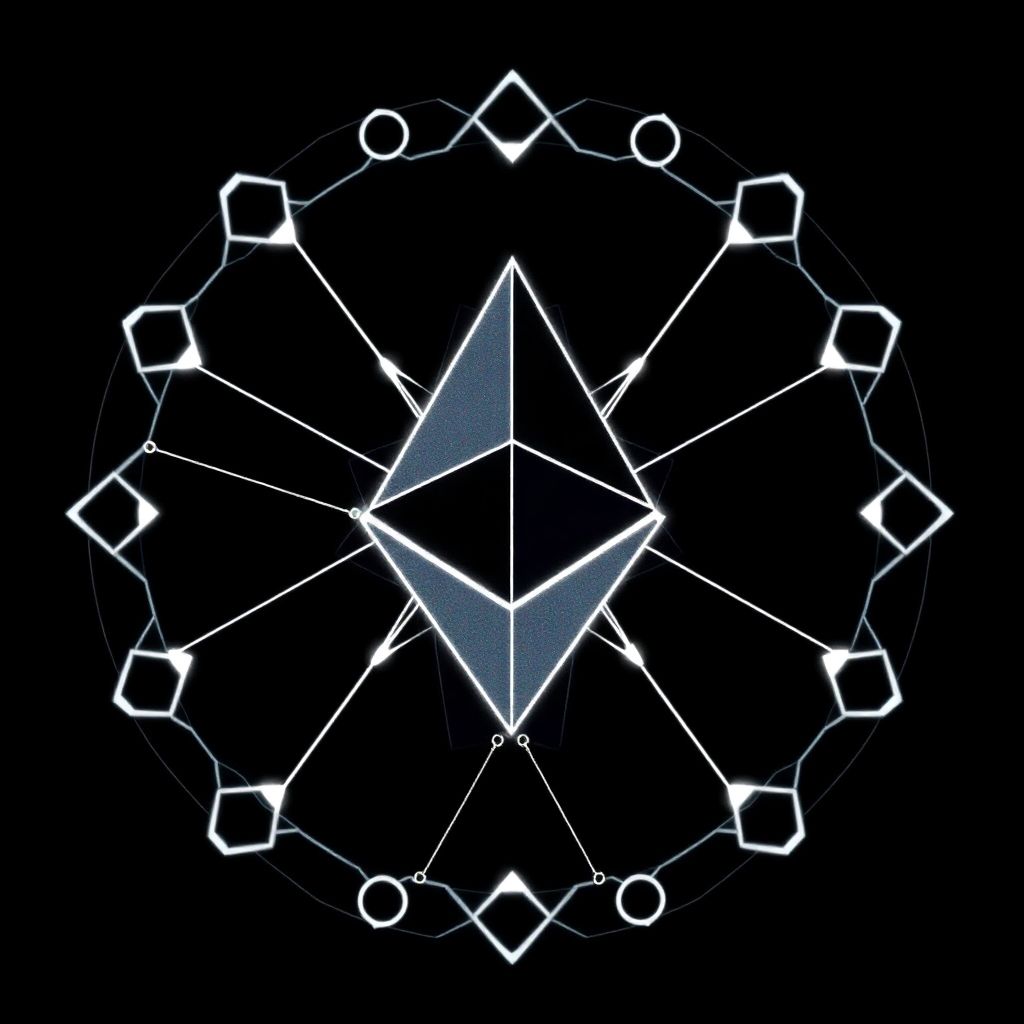Tensions are mounting within the Ethereum ecosystem, as prominent figures from Polygon and Sonic Labs have publicly criticized the Ethereum Foundation for what they perceive as systematic neglect of layer 2 (L2) developers. The criticism, leveled by Polygon co-founder Sandeep Nailwal and Sonic Labs co-founder Andre Cronje, centers on the lack of institutional support for projects that play a central role in scaling the Ethereum network.
Sandeep Nailwal expressed growing frustration over the Ethereum Foundation’s failure to acknowledge or support Polygon’s substantial contributions. In a recent post, he revealed that despite Polygon’s deep integration with Ethereum and its pivotal role in powering some of the network’s largest decentralized applications, the foundation has provided “no direct support” to his team. This, he suggested, has led him to question his longstanding allegiance to Ethereum.
According to Nailwal, the broader Ethereum community often treats Polygon’s achievements as separate or even peripheral to Ethereum’s success. He emphasized that key components of the Polygon ecosystem—including Katana and XLayer—are designed to operate in tandem with Ethereum, not in competition. Yet, the sentiment from core Ethereum stakeholders, he argued, often reflects a dismissive attitude toward these efforts.
Nailwal speculated that if Polygon had chosen to brand itself as a standalone layer 1 blockchain rather than aligning closely with Ethereum, its market capitalization might be “two to five times higher” today. This comment underscores a growing belief among some developers that close association with Ethereum may come at the cost of recognition, funding, or growth potential.
Echoing these concerns, Andre Cronje of Sonic Labs shared his own experience of investing heavily in Ethereum-based infrastructure without receiving any material support or acknowledgment from the Ethereum Foundation. Cronje stated that he had spent over 700 ETH on deployments and infrastructure for Ethereum, yet received no grants, outreach, or even a retweet from the foundation. His remarks suggest a pattern of neglect that many builders are beginning to vocalize more publicly.
Cronje further noted that newer initiatives within the Sonic ecosystem have received more structured support, highlighting a disparity in how the foundation engages with different projects. This inconsistency, he argued, reflects a broader issue in how resources, visibility, and assistance are distributed across the Ethereum development landscape.
In response to the criticism, Ethereum co-founder Vitalik Buterin acknowledged the contributions of both Nailwal and Polygon. He praised the team’s early work on zero-knowledge (ZK) technology and their efforts to scale Ethereum through the AggLayer framework. Buterin also highlighted Nailwal’s philanthropic initiatives, including the Balvi biotech fund and CryptoRelief, as examples of impactful work extending beyond the crypto industry.
Buterin suggested that advancements in ZK proving systems could pave the way for tighter integration between Polygon and Ethereum’s mainnet, potentially strengthening security and cooperation between the networks. His response attempted to strike a conciliatory tone, recognizing past contributions while hinting at future collaboration.
However, for many observers, the exchange raises deeper questions about Ethereum’s current governance structure and its ability to support the broader ecosystem. The Ethereum Foundation has long served as a central authority for funding and guiding development, but as the network matures and diversifies, some believe this model is no longer sufficient to address the needs of a decentralized and fast-growing builder community.
The debate also points to a broader cultural shift within Ethereum. Nailwal referred to the community as increasingly “insular,” suggesting that the inner circle may be drifting away from the collaborative spirit that once defined Ethereum’s early development. This perception of exclusivity could discourage future innovators from building on Ethereum if they feel unsupported or undervalued.
Moreover, the friction highlights the strategic dilemma faced by many L2 projects: whether to operate as Ethereum-aligned infrastructure or to pursue independence as separate chains. While alignment with Ethereum offers technical synergy and user trust, it may also limit a project’s ability to differentiate itself and attract resources.
Conversations around funding transparency have also intensified. Developers are calling for clearer criteria regarding how grants are allocated and which projects receive institutional backing. Without transparency, the Ethereum Foundation risks alienating key contributors and undermining the decentralized ethos it was built upon.
Looking ahead, Ethereum’s continued success may depend on its ability to embrace a more inclusive and equitable approach to ecosystem support. As L2 solutions become critical to scaling and user adoption, ensuring that these builders feel seen, supported, and integrated into Ethereum’s roadmap will be essential.
In the short term, this controversy could act as a catalyst for the Ethereum Foundation to reevaluate its engagement strategy. Whether through more open grant programs, regular dialogue with L2 teams, or structural reforms, change may be necessary to maintain Ethereum’s leadership in the smart contract space.
Ultimately, the public airing of grievances from respected figures like Nailwal and Cronje signals that Ethereum’s internal dynamics are under scrutiny. If the network is to remain a dominant force in decentralized technology, it must evolve not only technically, but also institutionally—fostering an environment where every builder, regardless of affiliation, feels valued and empowered.

